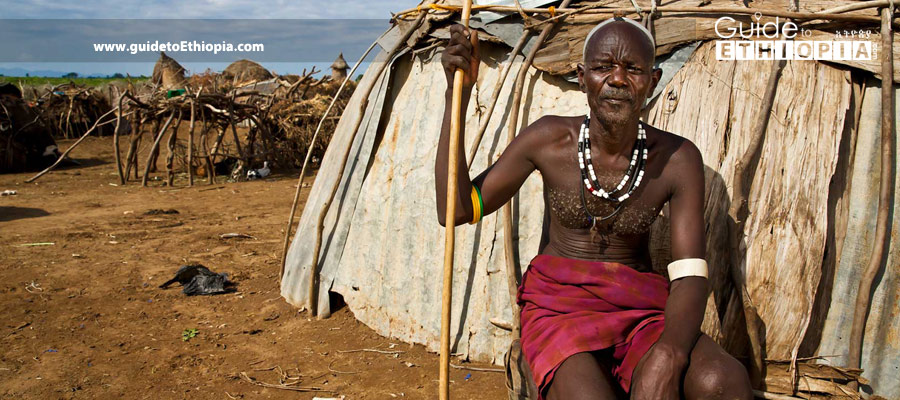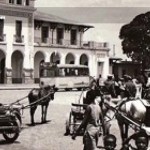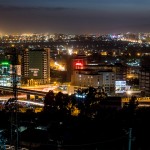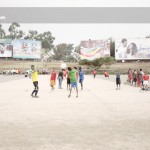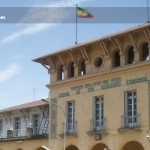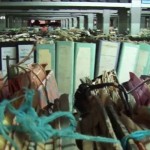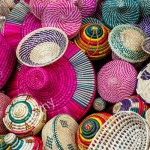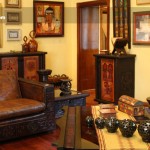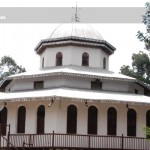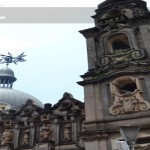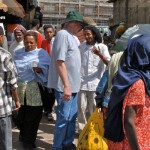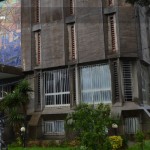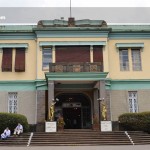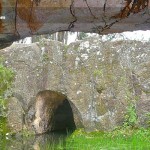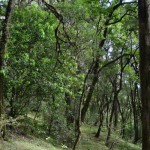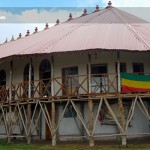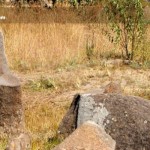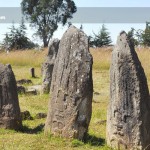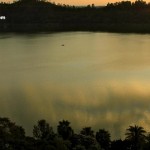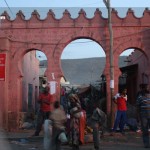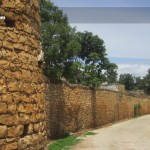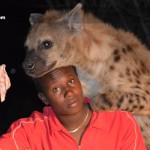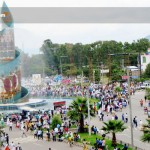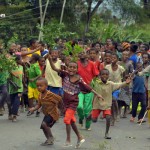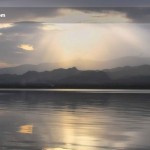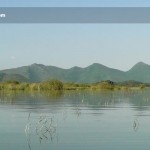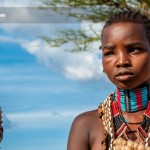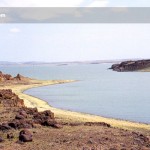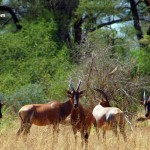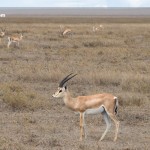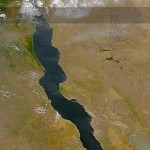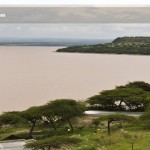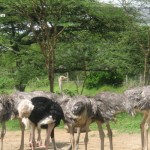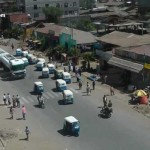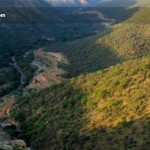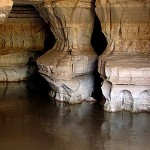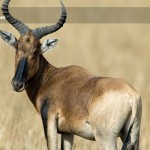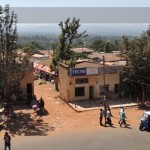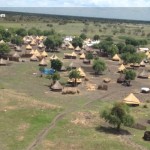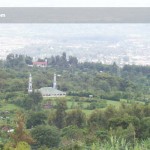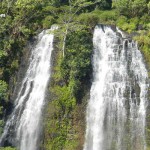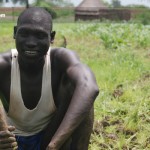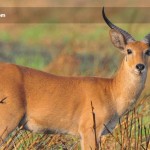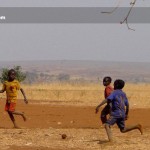Located about 72Km west of Turmi on the eastern bank of Omo River is mainly inhabited by the Dasanech people. The main cultural attractions are the Dasanech villages that lie outside of the town. From Omorate the village of Kolcho which is set in magnificent sand cliff is also accessible. The inhabitants of Kolcho, the Karo are known for their traditional face painting.
The Dasanech The Dasanech live around the Omo delta on the northern side of Lake Turkana. They practice flood retreat cultivation, pastoralism and fishing. The Dasanech are the most southerly tribe living in Ethiopia’s Omo valley. The lands of the Dasanech are semi-arid and they live where the Omo delta enters Lake Turkana. Their name means people of the Delta.
Cattle are central to the lives of the Dasanech, just as they are for the other tribes of the Omo Valley. Apart from providing meat, milk, leather for clothing, houses and mattresses they provide status in the tribe, and show the bride’s wealth that allows a man to marry. The Dasanech tribe is not strictly defined by ethnicity. Over time the tribe has absorbed a wide range of different peoples and it’s now divided in to eight main clans. Each clan has its own identity and customs, its own responsibilities towards the rest of the tribe, and is linked to a particular territory. Members of the same clan are forbidden from marrying or indeed dancing with each other. Dasanech women wear clothes made from leather.
The men wear sarong-like garments. Both men and women of the tribe adorn themselves with beads and bracelets. Men can often be seen carrying a small stool or pillow, which is pretty ubiquitous in this southern region.
The Karo
The Karo, numbering only about 3,000 souls, mainly live on flood retreat cultivation on the eastern banks of the Omo River. Karo men are renowned for their intricate face and body painting practices, which they apply on their heads and torso before major events. They use locally found white chalk, red iron ore, yellow mineral ore and black charcoal to decorate their skin in imitation of the spotted plumage of the guinea fowl. The look is completed by inserting feather plumes into immaculately crafted hair buns which can take up to three days to complete

